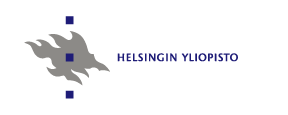Computer Organization II, Fall 2006, HW 1
This will be covered in practise session during the week 36 (4-8.9.2006).Please notice, that this practice session is at the same week as the lectures begin!
- Basic components
- What are the basic componets of a computer system?
- What is common/different with a cell phone and a desk top computer system?
- What is common/different with a smart card and a desk top computer system?
- How is the processor attached to the rest of the system?
- What type/kind of registers are needed? How many?
- Program execution
- How is a program executed?
- What does the processor know about the program in execution?
- What does the program know about the processor executing it?
- I/O.
- Explain term memory-mapped I/O?
- What other possibilities are there to implement I/O than memory-mapped I/O?
- Why would memory mapped I/O be better than its alternative(s)?
- How can one implement a system where user level processes can not mess up data structures used in memory mapped I/O, by accident or in purpose? Give at least two possible solutions.
- User state and priviledged state
- Give three different types of situations where processor state changes from user state to priviledged state.
- Give an example of a situation where processor state does not change to user state at the time of interrupt handler return.
- What use is there from the priviledged state? What bad?
- Would it be useful to offer multiple levels of priviledged states? Why?
- Machine language
- What is the difference between machine language and symbolic assembly language?
- How are instructions presented in machine language?
- How does the processor execute machine instructions?
- How does one find out what memory address an instruction refers to?
- Which instructions can/can not be stored in registers?
- Can any given bit combination be interpreted in different ways in hardware? If yes, how? If no, why not?
Teemu Kerola

